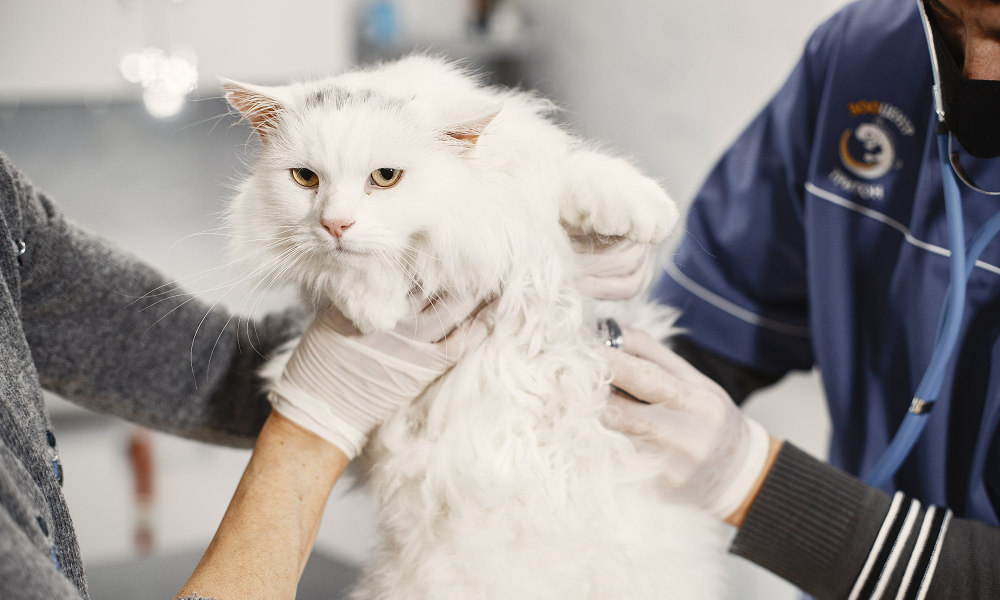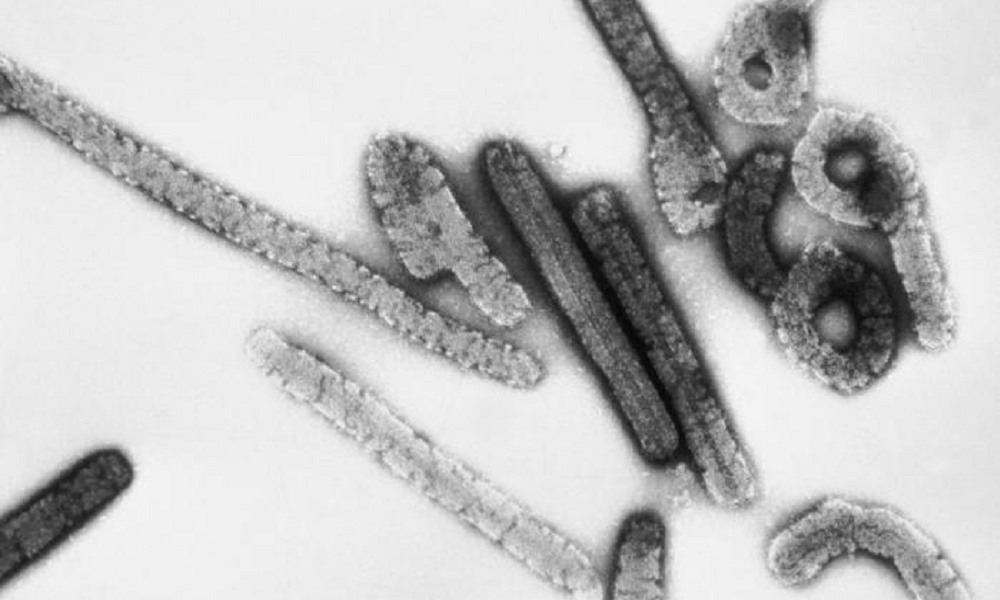US News
4 more cats die of H5N1 bird flu in the U.S.

Four more cats have died of H5N1 bird flu in the United States, including two pets in South Dakota with no links to poultry or dairy cows, according to state and federal officials. At least 14 cats have recently died of bird flu.
Of the newly reported cases, two were domestic cats which died at a property in Campbell County in South Dakota, according to a state official and the U.S. Department of Agriculture (USDA).
Beth Thompson, the state’s veterinarian, said there was no livestock on the property where the pets died. “No other details regarding how the cats were infected are known at this time,” Thompson told BNO News.
Two other cases were recently reported in Michigan, one in Isabella County and the other in Ionia County. Both cases involved barn cats on commercial dairy farms where cows were also infected with H5N1.
At the property in Ionia County, two Virginia opossums were also infected with the bird flu virus.
“Cats are particularly susceptible to H5N1 2.3.4.4b viruses and the majority of sick cats have been reported at or near affected poultry facilities or dairies,” Shilo Weir, a spokesperson for USDA’s Animal and Plant Health Inspection Service, told BNO News.
At least 14 cats in the United States have died of H5N1 bird flu since the virus was confirmed in dairy cows in late March. The real number of infected cats is believed to be higher due to limited testing.
Earlier this month, officials confirmed that a domestic cat in Montana was also infected with H5N1 after exhibiting “neurologic signs” and the discovery of a dead skunk on the property. It’s unclear if the skunk was also infected.
The global spread of H5N1 clade 2.3.4.4b – and the recent spread to a growing number of mammals – has raised concern about the possibility of human-to-human transmission from a future variant though, so far, only a few human cases have been found after contact with infected birds or cattle.
The U.S. Department of Agriculture (USDA) announced in late March that bird flu had been found in dairy cows in Kansas and Texas, making those the first-ever cases in cattle. The number of outbreaks at dairy farms has since risen to 51 in 9 states and a farm worker in Texas also tested positive.
On Tuesday, the CDC asked state health departments to continue influenza surveillance at enhanced levels throughout the summer to help detect potential cases of bird flu in the community. More samples will also be submitted for subtyping to help distinguish between seasonal flu and H5N1.
“CDC is committed to supporting state and local public health officials and will continue to provide information to support their H5N1 influenza response efforts,” the agency said in a statement.
Earlier this month, the U.S. government announced nearly $200 million in funding to fight the spread of H5N1 bird flu in dairy cows, including support for dairy farms, testing, vaccine development, surveillance and measures to ensure the safety of commercial milk.
Cats are known to be highly vulnerable to this new strain of H5N1 bird flu. The first case in a cat with this variant was reported near a duck farm in southern France in December 2022, after which the animal was euthanized.
In 2023, nearly 40 cats died at two animal shelters in South Korea after eating contaminated cat food, and in Poland, more than a dozen cats died in an outbreak presumably caused by contaminated raw meat.
In the United States, at least 27 cats have now been infected with H5N1 bird flu, including the 14 cases reported in recent weeks. The other 13 happened last year in connection with infected poultry or wild birds.


-

 Health7 days ago
Health7 days agoFrance confirms 2 MERS coronavirus cases in returning travelers
-

 Health1 week ago
Health1 week ago8 kittens die of H5N1 bird flu in the Netherlands
-

 US News4 days ago
US News4 days agoMagnitude 7.0 earthquake strikes near Alaska–Canada border
-

 Entertainment7 days ago
Entertainment7 days agoJoey Valence & Brae criticize DHS over unauthorized use of their music
-

 US News1 week ago
US News1 week agoFire breaks out at Raleigh Convention Center in North Carolina
-

 Legal6 days ago
Legal6 days agoWoman detained after firing gun outside Los Angeles County Museum of Art
-

 Health1 week ago
Health1 week agoEthiopia reports new case in Marburg virus outbreak
-

 Legal21 hours ago
Legal21 hours agoShooting at Kentucky State University leaves 1 dead and another critically injured




